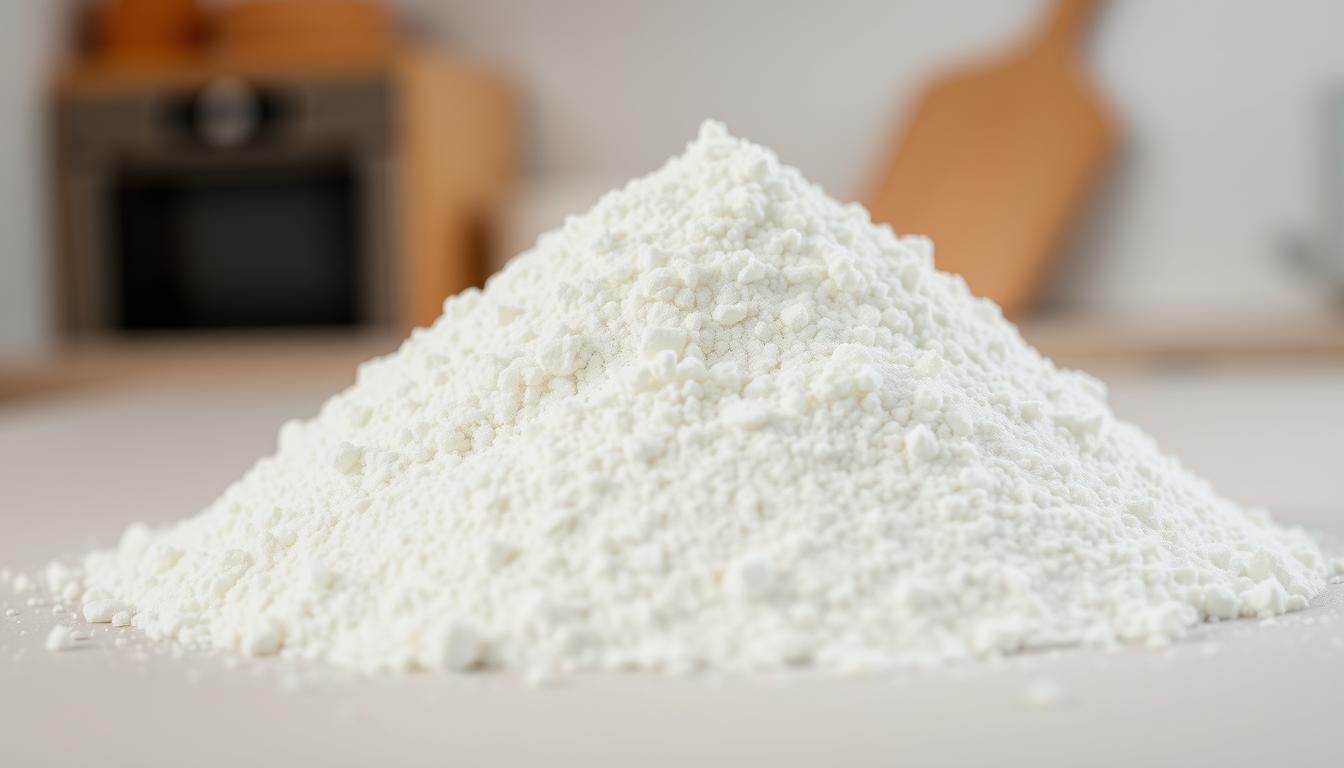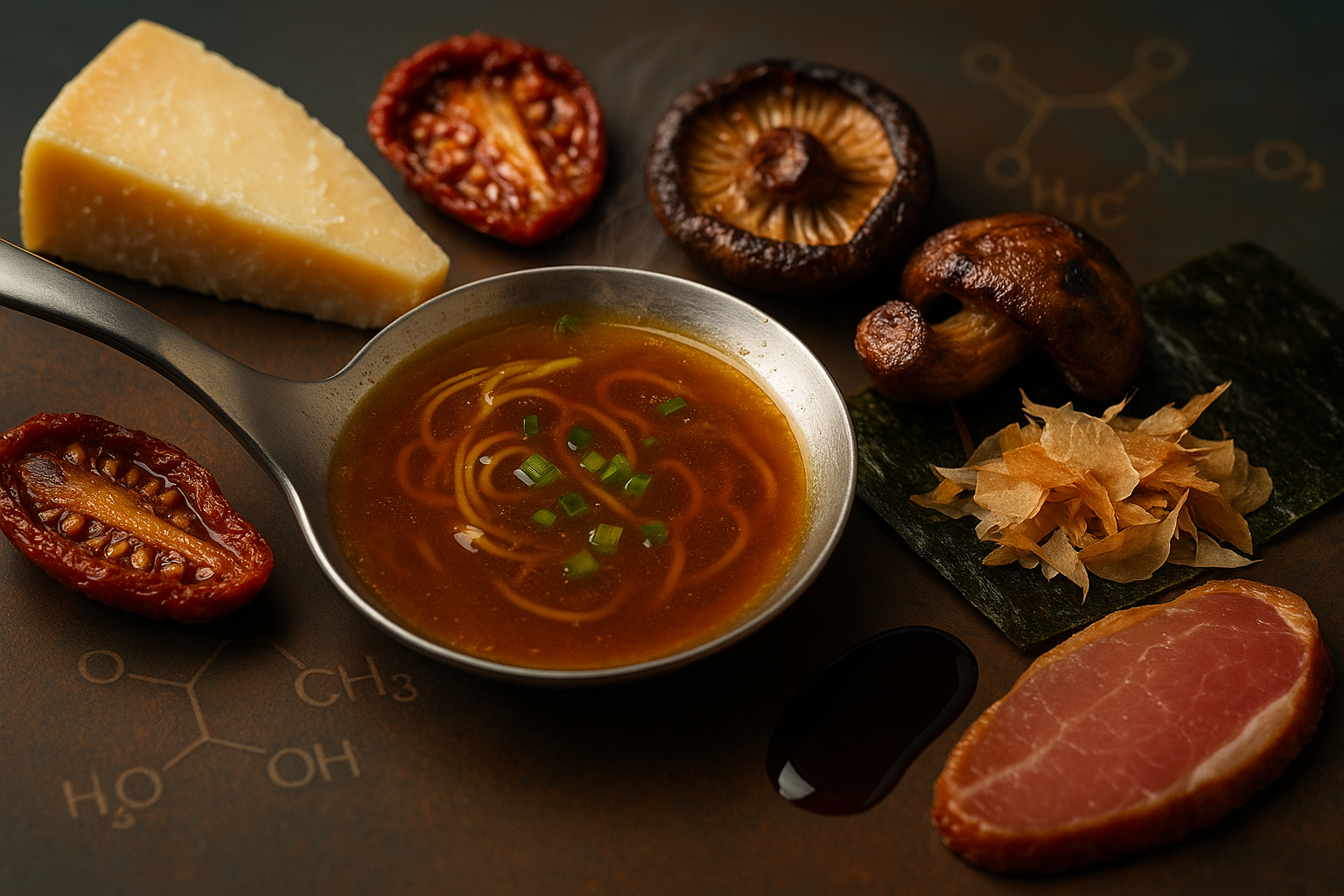Trending searches
Trending searches

The Effect of Different Wall Materials: Sodium Alginate vs. Whey Protein and Kappa‑Carrageenan
SUBSCRIBE TO OUR BLOG
Promotions, new products, and recipes.
-
How sodium alginate, whey protein, and kappa-carrageenan compare as wall materials in encapsulation systems
-
The impact of each material on stability, release rates, and bioavailability of active ingredients
-
Key performance factors like pH sensitivity, temperature resistance, and cost-effectiveness in various applications
-
How to choose the optimal wall material based on your formulation’s goals and industry needs (food, pharma, biotech)
The Effect of Different Wall Materials: Sodium Alginate vs Whey Protein & Kappa-Carrageenan
Encapsulation technology has changed many fields, like food, medicine, and beauty products. It makes products more stable and effective. Choosing the right wall material is key to this success.
Sodium alginate is often chosen because it's safe and easy to work with. But, whey protein and kappa-carrageenan are also getting attention for their special qualities.
This article looks at how these different materials work. We compare sodium alginate with whey protein and kappa-carrageenan. We see how they help in making better encapsulated products.
Key Takeaways
- The choice of wall material is critical in encapsulation technology.
- Sodium alginate is widely used due to its biocompatibility.
- Whey protein and kappa-carrageenan offer alternative options with unique properties.
- The selection of wall material affects the stability and effectiveness of the encapsulated product.
- Understanding the differences between these materials is essential for optimal application.
Understanding Wall Materials in Encapsulation
The Role of Wall Materials in Product Stability
Wall materials are vital for keeping products stable. They block oxygen, moisture, and other harmful things. Sodium alginate in food is a top choice because it's good at this and safe for use.
Key Properties for Effective Encapsulation
Good wall materials need to form films well, have the right thickness, and hold the ingredients inside. The right material can make the encapsulation work better. It also affects how well the product performs.
Finding the Best Sodium Alginate for Various Applications
Sodium alginate powder is a key player in encapsulation due to its unique traits. It's widely used in many fields, from food and drinks to medicines.
Sodium Alginate: Properties and Benefits
Sodium alginate comes from brown seaweed. It can create strong gels when mixed with calcium ions. This makes it perfect for wrapping around active ingredients.
It's safe, breaks down easily, and shields what's inside. These qualities make it a top choice for many uses.
Optimal Concentrations for Different Uses
Performance in Various pH and Temperature Conditions
Knowing how it reacts helps pick the right sodium alginate for each job. For further insights, see alginate hydrogel research.
Comparison: Sodium Alginate vs. Whey Protein & Kappa-Carrageenan Systems
Structural Differences and Stability
Cape Crystal sodium alginate creates a gel-like matrix, keeping ingredients safe.
Release Characteristics and Bioavailability
Sodium alginate releases its contents slowly, while whey protein and kappa-carrageenan have different release patterns.
Cost-Effectiveness and Practical Applications
For DIY options, explore our spherification kit.
Choosing the Right Wall Material for Effective Encapsulation
The best sodium alginate for encapsulation balances stability, bioavailability, and practicality. Also see material comparisons.
For answers to common questions, visit 100 sodium alginate FAQs.

|
About the Author Ed is the founder of Cape Crystal Brands, editor of the Beginner’s Guide to Hydrocolloids, and a passionate advocate for making food science accessible to all. Discover premium ingredients, expert resources, and free formulation tools at capecrystalbrands.com/tools. — Ed |
Related Posts

Why the Demand for Xanthan Gum is Soaring: What that Means for Gluten-Free Bakers

The Science of Umami: The Fifth Taste That Changed How We Eat

Cape Crystal Brands Featured in Fox News Digital and the New York Post
Enjoyed this post? Subscribe to The Crystal Scoop
Food-science tips, ingredient know-how, and recipes. No spam—unsubscribe anytime.
- Choosing a selection results in a full page refresh.
POLICY PAGES
QUICK LINKS
Guar Gum
Cape Crystal Brands, 18 Bank St., Suite 1, Summit NJ 07901.
- Phone: +1 908-273-5600
- Email: info@capecrystalbrands.com
- Tax ID: 26-2477626000
- FDA Facility Registration # 16980627550
- Kosher Certified: OKosher.org
Country/region
© 2025, Cape Crystal Brands | Sitemap
